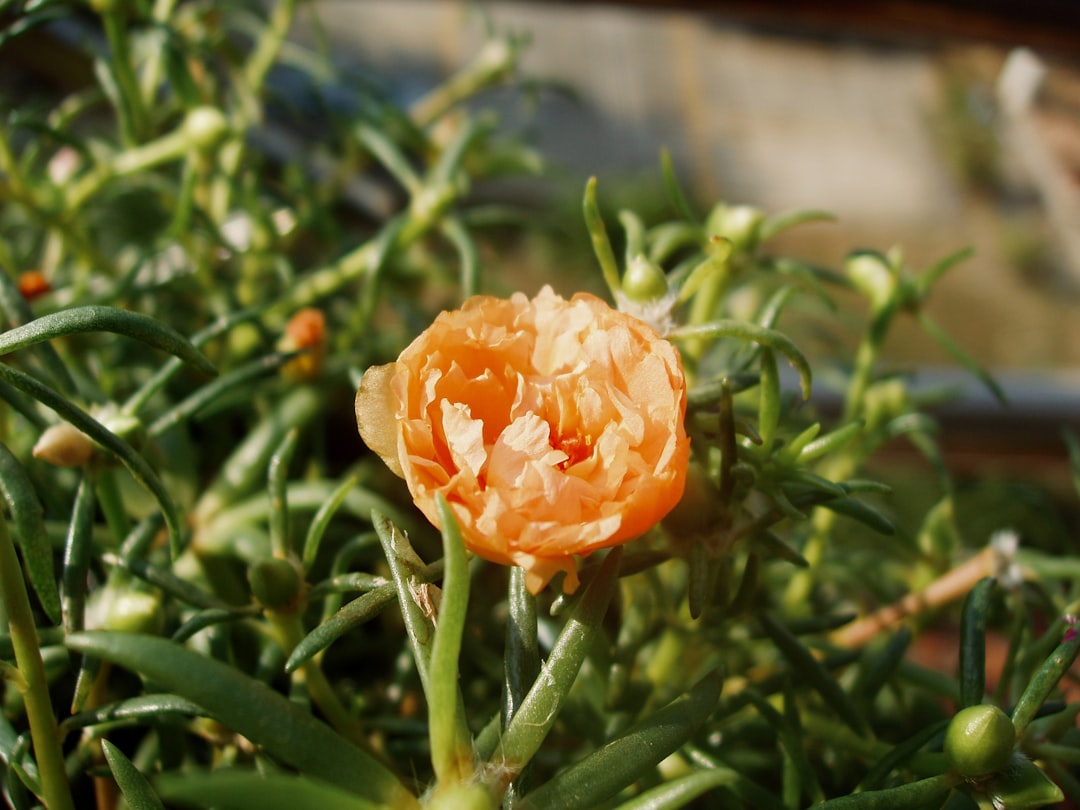Revive Your Succulents: A Comprehensive Guide to Fixing Damaged Plants

Succulents are beloved for their unique shapes, vibrant colors, and low - maintenance nature. However, they are not immune to damage from bugs, diseases, and weeds. In this step - by - step guide, we will explore how to fix succulents with damaged leaves or stems and provide tips to avoid common types of damage.
Identifying the Damage
The first step in fixing damaged succulents is to accurately identify the cause of the problem. There are several signs that can indicate your succulent is in trouble.
Bug Infestations
Bugs such as aphids, mealybugs, and spider mites can wreak havoc on succulents. Aphids are small, soft - bodied insects that suck the sap from the leaves, causing them to curl and turn yellow. Mealybugs appear as white, cottony masses on the stems and leaves, and they also feed on the plant's sap. Spider mites are tiny and often leave fine webbing on the plant. You may notice stippling or yellowing on the leaves, which are signs of their feeding activity.
Diseases
Fungal and bacterial diseases can also affect succulents. Root rot is a common problem, usually caused by over - watering. The roots will turn brown and mushy, and the plant may start to wilt. Leaf spots can be caused by various fungi or bacteria, appearing as dark, discolored areas on the leaves. These spots may grow in size and eventually cause the leaf to die.
Weeds
Weeds can compete with succulents for nutrients, water, and sunlight. They can also harbor pests and diseases. If you notice unwanted plants growing in the same pot or area as your succulents, they need to be removed promptly.
Fixing Damaged Succulents
Bug Removal
If you have identified a bug infestation, there are several ways to get rid of them. For a small infestation, you can use a cotton swab dipped in rubbing alcohol to gently wipe off the bugs. This method is effective for mealybugs and aphids. For more severe infestations, you can use an insecticidal soap. Make sure to follow the instructions on the label carefully. Spray the solution on all parts of the plant, including the undersides of the leaves. Another option is to introduce beneficial insects, such as ladybugs, which feed on aphids and other pests.
Disease Treatment
If your succulent has root rot, you need to act quickly. Remove the plant from the soil and gently wash the roots under running water. Trim away any brown, mushy roots with a clean, sharp pair of scissors. Let the plant dry for a few days before repotting it in fresh, well - draining soil. For leaf spots, you can remove the affected leaves to prevent the spread of the disease. You can also use a fungicide or bactericide, depending on the type of disease. Again, follow the instructions on the product label.
Weed Removal
To remove weeds, carefully pull them out by the roots. Make sure not to damage the roots of your succulents in the process. You can also use a small hand trowel to dig out stubborn weeds. After removing the weeds, you can add a layer of mulch to the soil to prevent new weeds from growing.
Avoiding Common Types of Damage
Proper Watering
Over - watering is one of the most common causes of damage to succulents. Succulents are adapted to dry conditions and store water in their leaves and stems. Water them only when the soil is completely dry. You can check the moisture level by sticking your finger about an inch into the soil. If it feels dry, it's time to water. When watering, make sure to water the soil directly and avoid getting water on the leaves, as this can lead to fungal diseases.
Good Air Circulation
Succulents need good air circulation to prevent the growth of fungi and bacteria. Place your succulents in an area with plenty of ventilation. If you are growing them indoors, you can use a small fan to improve air movement.
Regular Inspections
Regularly inspect your succulents for signs of damage. Check the leaves, stems, and roots for any abnormalities. Early detection of problems can make it easier to treat and prevent further damage.
In conclusion, with a little knowledge and care, you can fix damaged succulents and keep them healthy. By following these steps and tips, you can enjoy beautiful, thriving succulents for years to come.